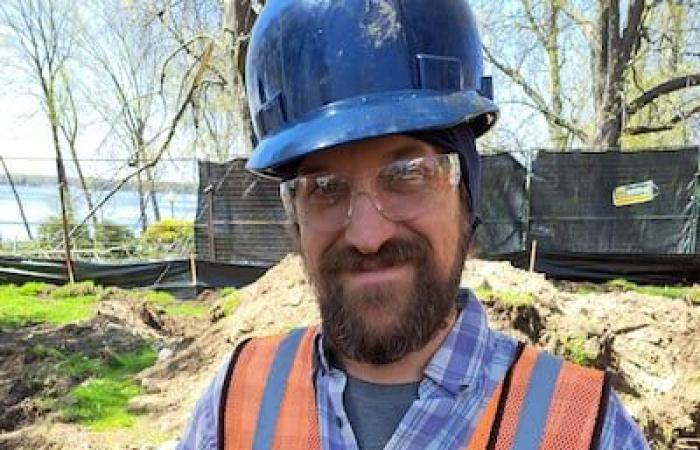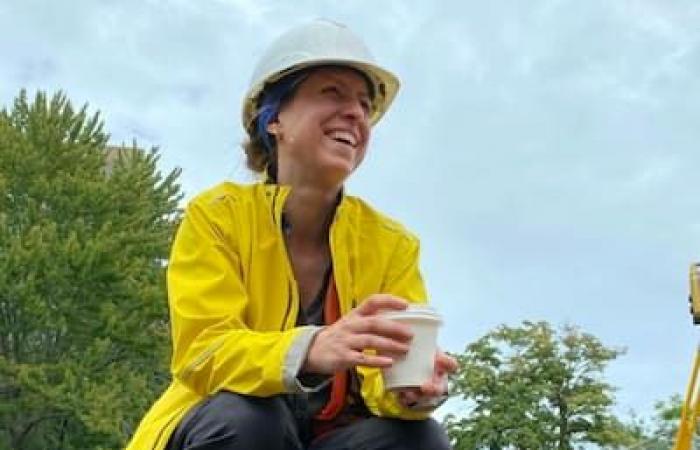A very rare cut stone arrowhead dating back approximately 4,000 years and various artifacts testifying to indigenous occupation on the island of Montreal were discovered in Baie-d’Urfé.
For 19 days during the summer of 2023, a team of archaeologists carried out excavations near the town hall which uncovered 1,630 objects ranging from shards of cut stone to the foundations of a house dating from the mid-18th centurye century, of which no historical document had mentioned.
The team of archaeologists responsible for carrying out excavations at Baie-d’Urfé in 2023.
Heritage
“Every day they found interesting things. I felt like Indiana Jones,” says Nicolas Bouchard, general director of the City, who orchestrated archaeological interventions during an expansion project in 2023.
“We never thought there was so much history under our feet,” he adds.
Four distinct occupations
The report from the Patrimonia firm delivered in April 2024 reports four distinct phases of human occupation on the same archaeological site, the oldest of which dates back at least 4,000 years. The discovery of a chert arrowhead (a type of stone) means that a group hunted at the site, but it is unknown if they camped there, as the earth was disturbed.
“It is a very rare piece which testifies to the presence of ancient Aboriginal people in the sector,” explains Laurence Bolduc, co-founder of Patrimonia, which carries out expertise in the context of construction projects in the municipal or private sector.
Archaeologist Jonas Leclerc participated in the Baie-d’Urfé excavations in 2023 under the aegis of Patrimonia. It was he who discovered the cut stone dated at least 3000 years old. Here he is holding a stone adze whose age is still to be determined. Photo Patrimonia
Heritage
In the present case, archaeologists had indicated as early as 2022 that the land could contain traces of very ancient indigenous presence, because other artifacts had been discovered in the surrounding area, on Île aux Tourtes and Châteauguay, in particular.

The polished stone adze extracted from the basement of Baie-d’Urfé in 2023 dates from Quebec prehistory, but its age is difficult to determine. Photo Patrimonia
Heritage
Glass beads have also been unearthed, these barter objects highly prized by Aboriginal people for making ornamental objects, as well as pieces of metal cut from copper cauldrons that came from Europe in the early days of the colonization.
When we search…
University of Montreal archaeologist Adrian Burke confirms the interest of these discoveries. “For the island of Montreal, stone arrowheads of this age are very rare,” he mentioned in an interview with Newspaper.
The expert insists on the idea that many sites could reveal a very ancient indigenous presence. “We know that there were camps very close to the island of Montreal, so if we dig we will find things, that’s for sure,” he said.

Photo Patrimonia
The original plans called for the construction of a parking lot, but the discoveries prompted the City to modify the plans. We are even studying the possibility of showcasing the objects unearthed by archaeologists.









